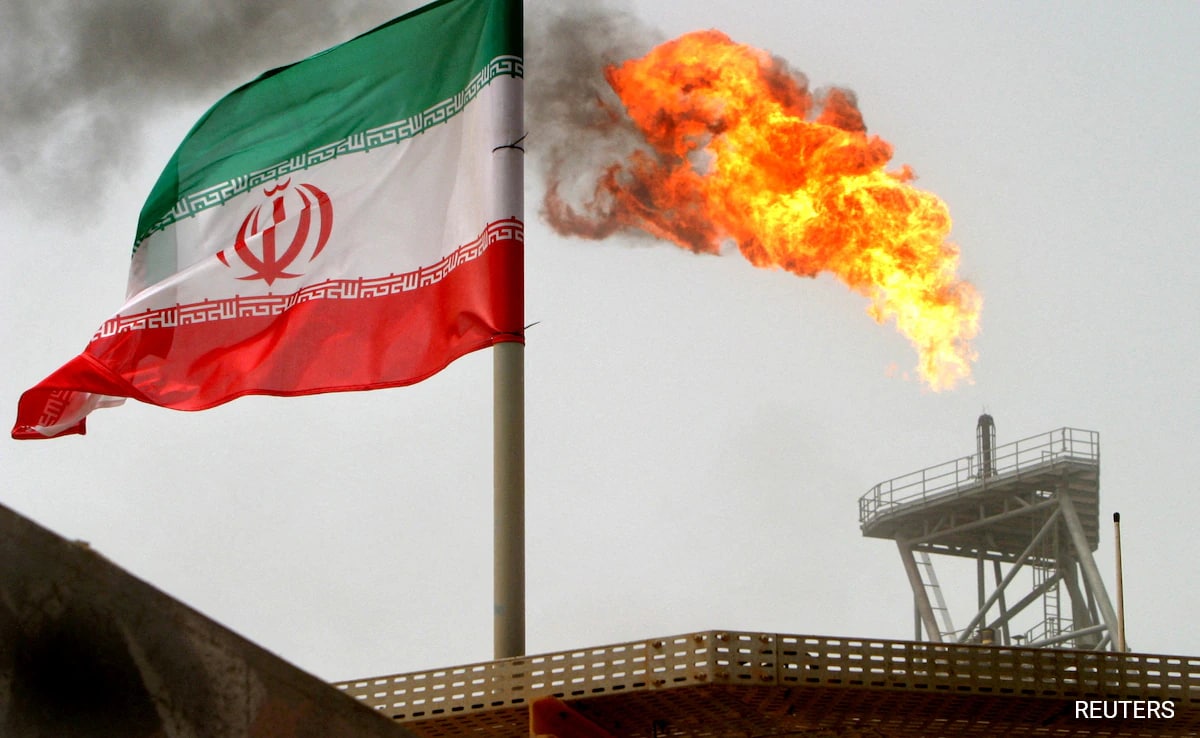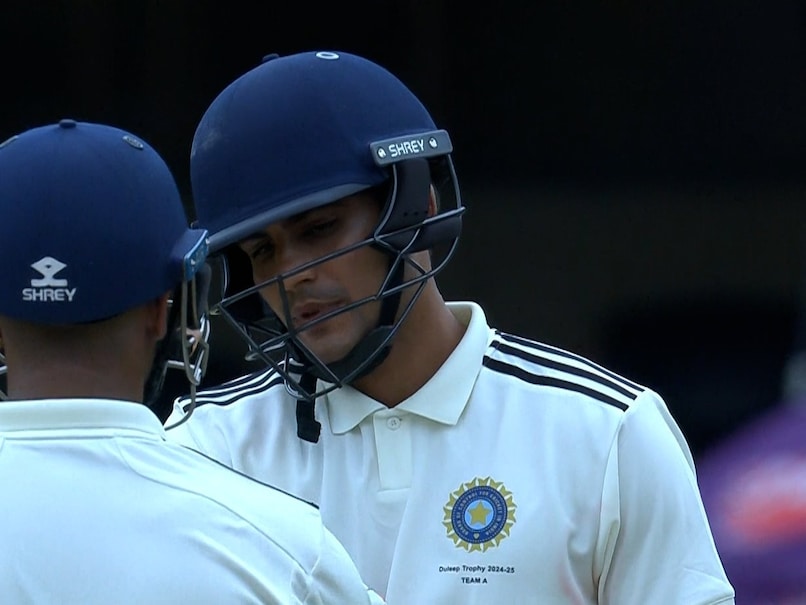Image used for representation purposes
| Photo Credit: Getty Images
Investors in small savings schemes should brace themselves for a year of interest rate cuts, and the first reduction in returns on these schemes may come as early as this week when the government resets rates for the January to March quarter.
While the case for a rate cutting cycle is in place starting with the upcoming quarter, the government may defer its initiation till April for better optics as a reduction amid high inflation, with an important Assembly election around the corner, may not go down well, experts believe.
The government had last slashed rates on small savings schemes in April 2020, in the range of 0.5% and 1.4% on different instruments, bringing the return on Public Provident Fund (PPF) savings to 7.1% from 7.9% prevalent till then. Although the PPF rate has remained unchanged since then, the Centre began hiking rates on other small savings instruments from October 2022.
“Since Q3 [third quarter] of 2022-23, interest rates on various small savings instruments have been cumulatively increased in the range of 70-250 basis points (bps) by the Government of India [GoI],” the Reserve Bank of India had noted in its October bulletin. One basis point equals 0.01%.
“The GoI kept rates on small savings schemes unchanged for Q3:2024-25. Rates on most of the small savings instruments are now above the formula-based rates, except rates on public provident funds and post office recurring deposits,” the RBI had noted, estimating the Q3 returns were a tad under 40 bps higher than the formula for most schemes.
G-sec yields
Since October, government securities (G-sec) yields, to which small savings returns were linked in 2016 based on a formula, have eased further, and that trend is likely to persist in the coming year.
“The interest rates on most small savings schemes are well above the corresponding G-sec yields, with the spreads between the two widening further over the acceptable levels during the last few months, owing to a dip in the latter during this period. This suggests that there is room to cut small savings rates for Q4 of 2024-2025,” Aditi Nayar, ICRA chief economist, told The Hindu.
Bank of Baroda chief economist Madan Sabnavis agreed there is a “theoretical case” for rate cuts but this may not be the right time to effect a reduction as inflation is still high and there is a feeling that consumption is taking a hit. Moreover, he noted that these schemes are targeted at more vulnerable sections of society and senior citizens.
Tepid inflows
Incidentally, the inflows on account of savings deposits and certificates and the PPF have been quite tepid during April-October 2024, amounting to just about 37% of the budgeted amount during this period (compared to around 50% in the year-ago period) as per Controller General of Accounts data. This would likely prompt the government to keep rates unchanged for the coming quarter, she reckoned.
“However, amid the expectations of a policy rate cut in Q4 of 2024-2025 and Q1 of 2025-2026, we believe that the interest rates on small savings schemes are likely to be pared from the April-June 2025 quarter onwards, which will also aid in the transmission of monetary policy,” Ms. Nayar concluded.
“During the course of the year 2025, there could be a stronger case for cutting rates on these schemes, particularly if the RBI cuts the repo rate. But a repo rate cut may not necessarily lower G-sec yields as other factors also play a part,” Mr. Sabnavis noted.
“We expect the 10-year G-Sec yield to trade between 6.5-6.6% by the end of 2024-25 and between 6.1-6.3% by the end of 2025-26,” said CareEdge Ratings’ chief economist Rajani Sinha.
Published – December 29, 2024 09:18 pm IST









